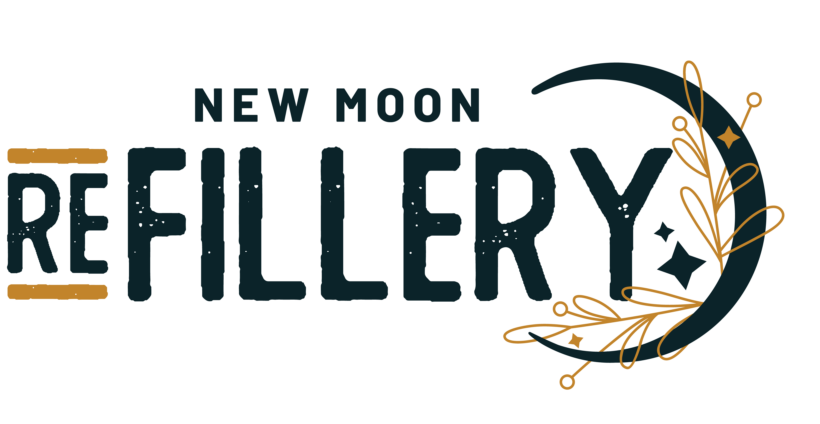Plastic isn’t only about trash islands in the ocean or humans and other creatures eating credit cards worth of microplastics per year. Its production is directly tied to greenhouse gas emissions.
The connection between plastic and greenhouse gasses
Ever wondered what plastic is made out of? 99% of the time, the answer is fossil fuels. Fossil fuels include coal, oil, and natural gas. These materials are often accessed by fracking, a practice that emits millions of tons of CO2 per year.
It isn’t just the extraction of fossil fuels that releases carbon dioxide into the atmosphere. Clearing land for pipelines and refining the plastics are other parts of the production process that emit greenhouse gasses. One report from CIEL (Center for International Environmental Law) estimates that land clearance for pipelines has emitted around 1.7 billion tons of CO2.
Despite this data, plastic production isn’t slowing down. In fact, it’s at an all-time high. The Minderoo Foundation found that 6 million more metric tons of single-use plastics were created in 2021 than in 2019.
While plastic can be useful and is necessary in many situations, such as the medical field, single-use plastic packaging is the real issue. Only 5-6% of plastics are actually recycled in the US; it is being created simply to be thrown away. Plastic is cheap to produce but comes at a great expense to our planet.
How refilling helps remedy our single-use plastic problem
Many products in refill stores are ones that are commonly sold in single-use plastic containers, such as hand soap, dish soap, laundry detergent, and skincare products. Refilling your bottles keeps the already-created plastic in circulation longer and reduces demand for products packaged individually in plastic.
In refill stores, reuse goes beyond your own containers. Many companies offering bulk-sized products have closed loop programs. This means that once the plastic drums, jugs, or bags of refillable product are empty, the company will take them back for sanitizing and reuse. This, too, takes full advantage of the durability of an already-produced plastic product rather than it heading for the landfill.
Opting to refill and reuse your containers is voting with your dollar against the production of new, single-use plastics and the environmental harm that accompanies them.
